PCC (Plain Cement Concrete), RCC (Reinforced Cement Concrete), and DPC concrete are different types of concrete, each with specific ratios of cement, chemicals, sand, and stones. They serve various purposes in construction. For instance, PCC is often used to prepare the base ground for structures. After laying PCC, RCC is used for constructing raft foundations and walls due to its reinforcement with steel, which adds strength. DPC, on the other hand, is used to prevent dampness from rising through walls and floors. In this article, we will explore the differences between PCC, RCC, and DPC concrete, and discuss their distinct uses in construction projects.
what is PCC in construction ?
PCC, or Plain Cement Concrete, is known for its simplicity and low ratio of ingredients. It is considered the least pure form of concrete because it includes minimal amounts of cement, chemicals, sand, and stones. This results in lower strength and purity. PCC is primarily used for flooring and making beds, as it cannot withstand heavy loads. Due to its limited strength, PCC is not suitable for slabs, rafts, walls, or pillars.
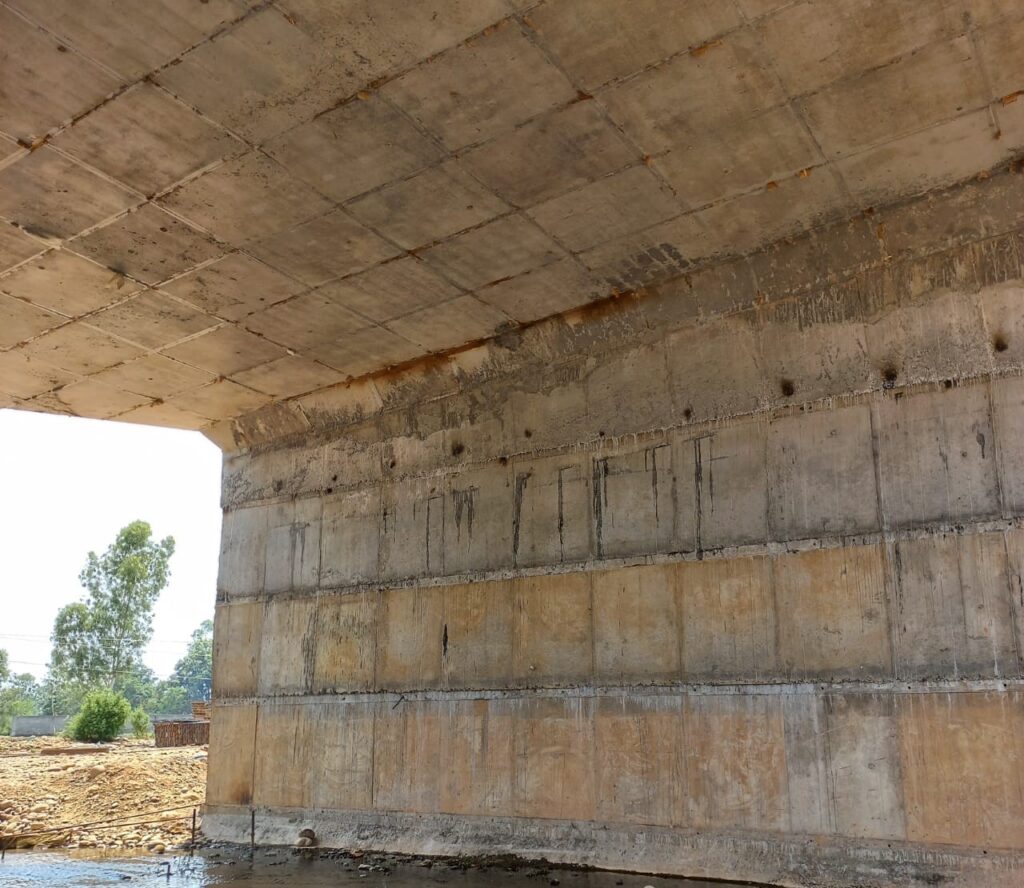
what is RCC in construction ?
RCC, or Reinforced Cement Concrete, is a superior form of concrete compared to PCC. It is specifically designed to handle heavy loads, making it ideal for use in slabs, rafts, and walls. The strength of RCC is what sets it apart from other types of concrete. It is made from a mixture of cement, water, sand, stones, and chemicals. This combination provides the necessary durability and robustness required for structural components that must bear significant weight.
what is DPC concrete in construction ?

DPC, known as Damp Proof Concrete, is the lowest form of concrete and is not used in slabs, rafts, or walls. Instead, it is applied to keep structures safe from moisture. Typically, DPC is used at a depth of 40 to 45 mm and covers an area of 1 foot, based on the structure and ground level. The primary purpose of DPC is to prevent moisture from rising through walls and floors, which is crucial in areas with heavy rainfall or water flow. Structures in such regions are more prone to damage due to the strong flow of water, making DPC essential for maintaining structural integrity.
what is mortar in construction ?
Mortar is a mixture of sand, cement, and water, and it is primarily used for plastering and finishing work. The thickness of the mortar layer ranges from 10 mm to 20 mm, depending on environmental factors and the structure’s width. Mortar serves as a protective barrier for any structure, shielding it from the effects of wind and water. This protection ensures the structure’s durability and prevents rusting and erosion over time.
what is transit mixture in construction ?
A Transit Mixer, also known as TM, is a special type of vehicle designed to deliver concrete to construction sites without it getting spoiled. The body of a transit mixer continuously rotates, ensuring that the concrete inside remains safe and fresh. This continuous rotation prevents the concrete from settling or hardening, allowing for better quality construction.
conclusion
In this article, we have explored PCC, RCC, and DPC concrete, along with their uses and benefits. Additionally, we discussed the transit mixer, commonly used for transporting concrete to construction sites. The continuous rotation of the transit mixer ensures that the concrete remains fresh and ready for use. I hope you found this blog informative and helpful. Thank you for reading!
Why is PCC used in construction?
We use PCC before constructing rafts or walls to ensure that they do not come into direct contact with the ground, which could cause sinking or dampness. This preventive measure helps maintain the strength of the raft and wall by protecting them from moisture-related issues.
What is the PCC ratio?
The PCC ratio in concrete is 1:2:3:4, which means 1 part cement, 2 parts sand, 3 parts crushed stone, and 4 parts water. This ratio can vary depending on the volume and ground conditions.
Is PCC waterproof?
PCC material is water proof, it is good enough to prevent water seepage, but in heavy rains or wet places, water gets washed away on top of it.

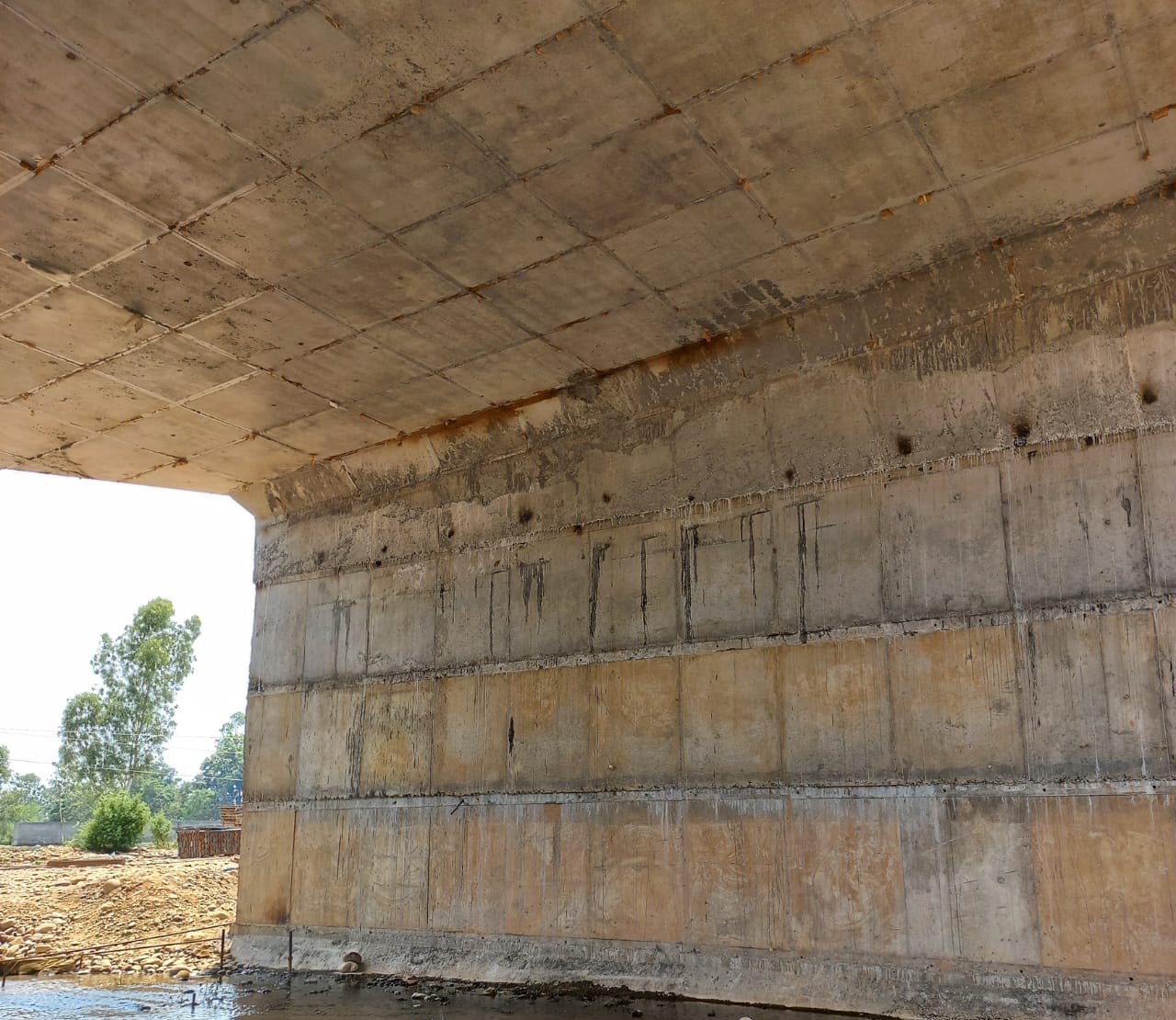
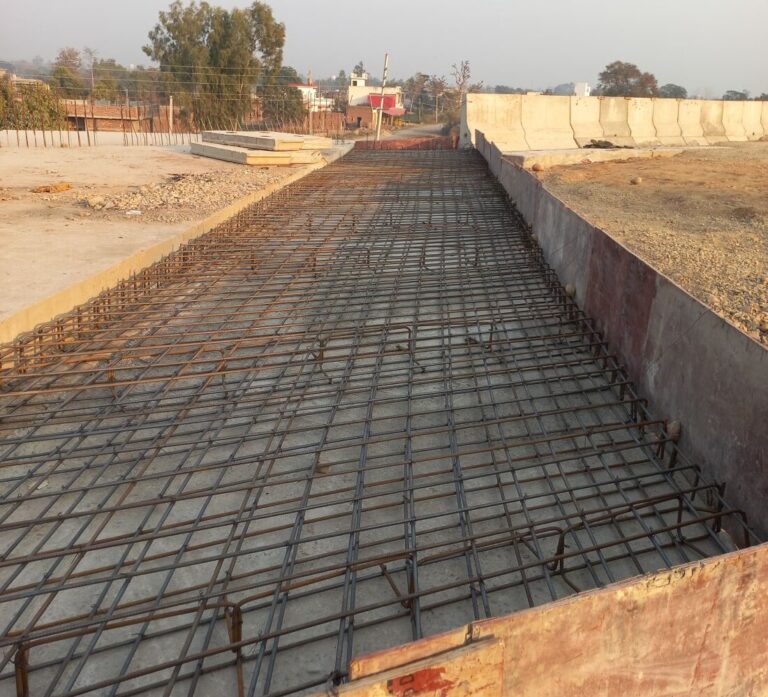
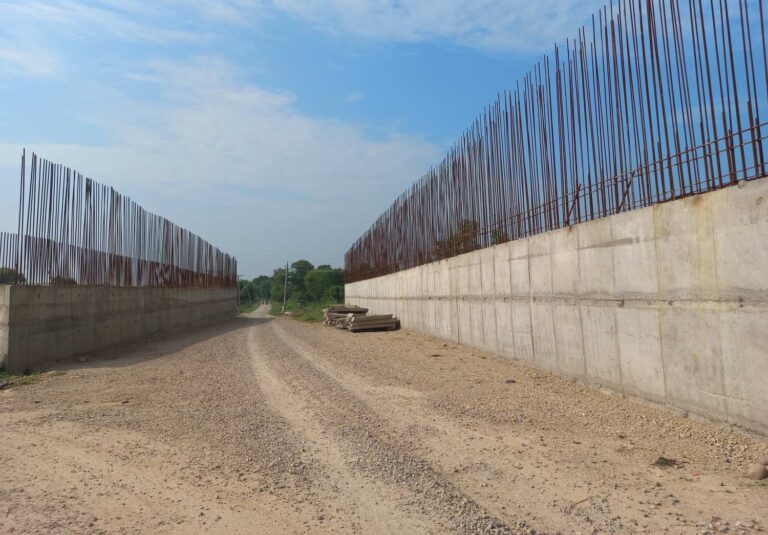
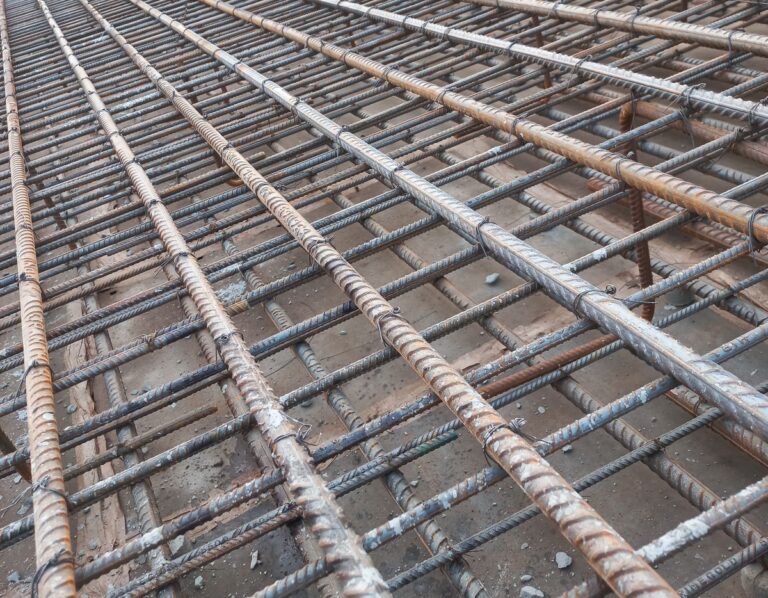




[…] chemicals to ensure it forms a strong structure once set. The precise ratios and additives used in concrete make it ideal for creating durable and robust constructions, essential for the integrity of […]
[…] water-cement ratio, and the methods employed in mixing, placing, compacting, and curing the concrete. The quality of the materials used and the age of the concrete also play significant roles. […]